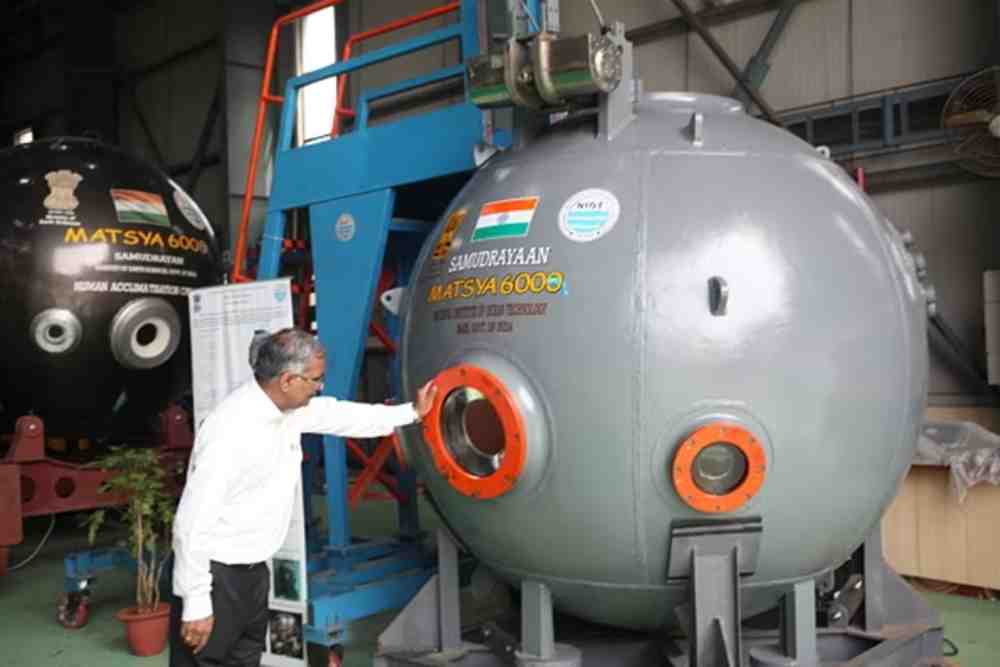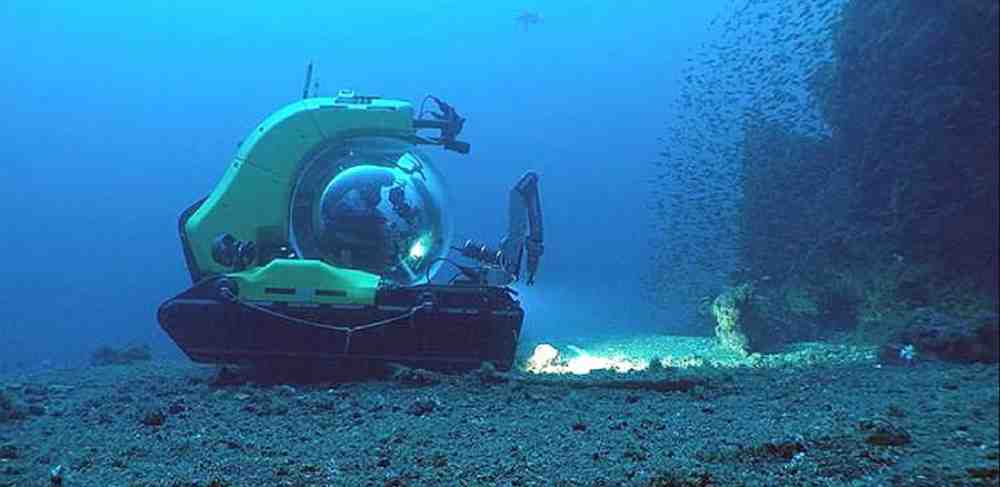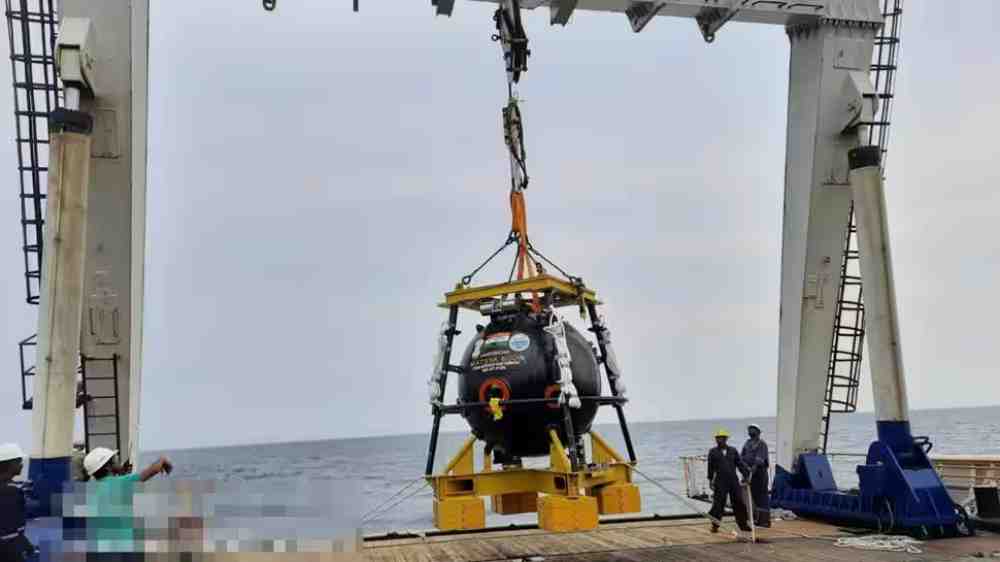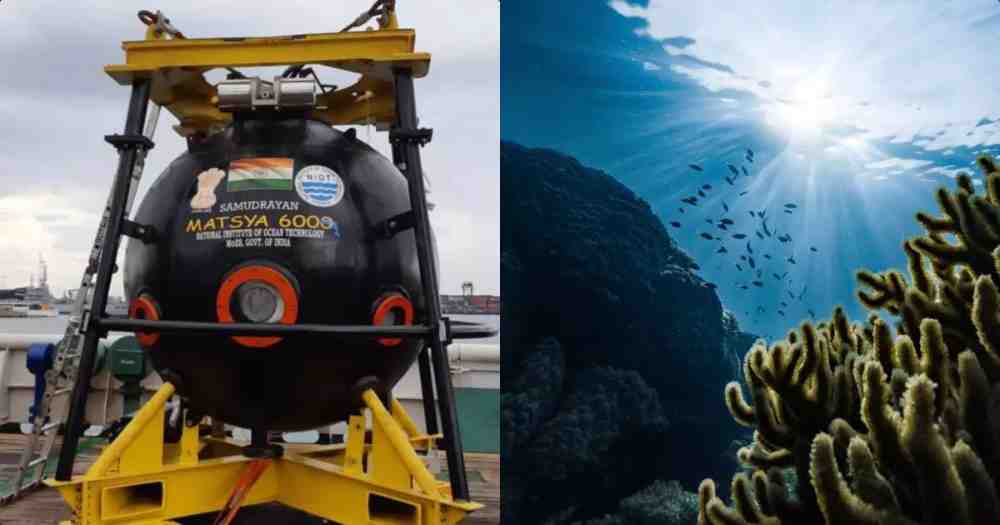Exploring the Depths: India's Project Samudrayaan Takes a Dive into the Ocean's Mysteries
India's Ambitious Mission to the Deep Ocean
In the wake of its successful lunar expedition and Chandrayaan missions, India is gearing up for
another groundbreaking endeavor. Project Samudrayaan is set to explore the depths of the ocean,
aiming to uncover precious metals and minerals, including cobalt, nickel, and manganese. This
ambitious project will employ a homegrown submersible named "Matsya 6000," specifically
designed to withstand the extreme pressures found at a depth of 6,000 meters. Here, we delve into
the details of this audacious mission.

Matsya 6000: The Heart of the Mission
The cornerstone of Project Samudrayaan is the Matsya 6000 submersible, which has been in
development for nearly two years. This cutting-edge technology is primed to take a trio of
individuals on a journey to the abyssal depths of the ocean. It is designed to endure the intense
pressure experienced at a depth of 6,000 meters, and its inaugural sea trials are scheduled for early
2024, off the Chennai coast in the Bay of Bengal.
The development of Matsya 6000 comes in the wake of the unfortunate implosion of the Titan
submersible during an expedition to explore the Titanic wreckage in the North Atlantic Ocean in June
2023. The Indian scientists, hailing from the National Institute of Ocean Technology (NIOT), have
meticulously examined every facet of Matsya 6000, ensuring its design, materials, testing,
certification, redundancy measures, and standard operating protocols meet the highest standards of
safety and reliability.
The Significance of Deep Ocean Exploration

Union Minister Kiren Rijiju emphasized the importance of the Deep Ocean Mission in supporting
India's "Blue Economy" vision. This mission not only aims to explore and exploit valuable ocean
resources but also seeks to contribute to the country's economic growth, create jobs, improve
livelihoods, and preserve the health of the ocean ecosystem.
M Ravichandran, the secretary of the Ministry of Earth Sciences, revealed that the Samudrayaan
mission is part of the broader Deep Ocean Mission. Initial sea trials are set to take place at 500
meters depth in the first quarter of 2024, with the mission anticipated to be realized by 2026. This
achievement will place India in an exclusive club of nations with manned submersible capabilities,
joining the ranks of the US, Russia, Japan, France, and China.
Beyond Precious Metals: Uncovering the Ocean's Mysteries
While the primary objective of Project Samudrayaan is the search for valuable minerals such as
nickel, cobalt, and manganese, Matsya 6000 is poised to explore the enigmatic and often uncharted
realms of the deep ocean. The submersible will delve into hydrothermal vents where
chemosynthetic biodiversity thrives and investigate the frigid depths where methane seeps emerge.

G A Ramadass, the director of NIOT, highlighted a critical aspect of Matsya 6000's design—a 2.1-
meter diameter sphere capable of accommodating three occupants. Constructed from an 80mm-
thick titanium alloy, this sphere is engineered to withstand the staggering pressure of 600 bar,
equivalent to 600 times the pressure experienced at sea level, all at a depth of 6,000 meters. The
submersible is designed to operate continuously for 12 to 16 hours, with a generous 96-hour oxygen
supply to ensure the safety of its crew.
Director Ramadass also emphasized the stringent safety precautions taken during the development
of Matsya 6000. Besides the robust sphere, the submersible incorporates redundancy measures for
critical systems, ensuring the safety of the crew during their deep-sea missions. An official sea trial
will be certified, and DNV-GL will handle the certification process. Standard operating procedures,
such as deploying the submersible from a surface vessel that maintains constant communication
with the underwater vehicle, further enhance the mission's safety.

India's Leap into Ocean Exploration
Project Samudrayaan represents a significant leap for India in the field of deep-sea exploration. With
Matsya 6000, the nation is poised to unlock the mysteries of the ocean's depths, potentially
revolutionizing the way we understand and harness its resources. As India embarks on this
audacious journey, it not only contributes to its own growth but also joins the global effort to
expand our knowledge of Earth's last frontier—the deep ocean.
